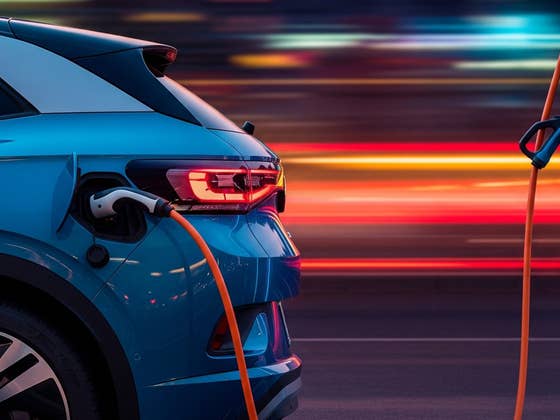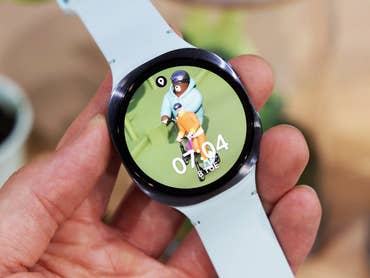You’re probably familiar with the situation: you plug your electric car into a fast-charging station, look forward to fast-charging times – and then? Instead of the advertised 150 kW, the charging display jerks along at a leisurely 60 or 70 kW. Annoying, isn’t it? But don’t worry: we’ll tell you why and what you can do to ensure that your electric car really accelerates when fast charging. The charging performance depends on several factors – battery temperature, charging station technology, charging curve, etc. If you keep these points in mind, you can save valuable time when using DC or HPC fast charging.
Preconditioning the battery – temperature is king
Your battery doesn’t like it too hot or too cold. For it to deliver its maximum charging power, it must be within the optimum temperature range. Therefore:
- In cold weather, it is essential to precondition, i.e., preheat the battery. Many electric cars offer this via the route planning in the navigation system or directly in the vehicle settings. It is best to do this while driving to the charging station.
- In hot weather: if possible, look for a charging point in the shade. Charging in the morning, evening, or at night also protects the battery and provides more power. If your car is parked in the blazing sun at midday in midsummer, the battery management system can automatically reduce the charging power to protect the cells.
Using the charging station correctly
Not only your electric car, but also the charging station itself sets limits. Many fast chargers offer a maximum of 150 kW. If your car could do more, the technology would slow you down. Therefore, check in advance what charging capacity the charging station really offers – this is often indicated on a sticker on the station.
And: sharing slows you down. If two cars are connected to a charging point at the same time, the power is usually halved. This means: 150 kW becomes only 75 kW for you. So, if possible, charge alone or switch to another free charging station in the area.
Do you know the charging curve of your e-car?
Also important: every e-car model has its own charging curve. In other words, the battery does not always charge at the same rate, but at different rates depending on the charge level. Basic rule: the emptier the battery (ideally between 10 and 30 percent), the faster the charging rate. From around 80 percent, it then charges much more slowly.
Therefore, in almost all cases, it is more worthwhile to only charge up to around 80 percent – especially on long journeys. Anyone buying a new electric car should take a close look at how stable the charging curve is. Models that maintain a high charging capacity over a longer period of time are real game changers on long journeys. The ADAC, for example, provides valuable tips here.
Charge efficiently – it’s better to charge briefly more often than fully once
It may sound impractical, but it also generally saves you a lot of time: short charges more often instead of filling up once. Above 80 percent battery level, the charging speed drops drastically – and even regular charging to 100 percent is not ideal for battery health. Better: plan several short charging stops instead of filling up the car every time. This will get you back on the road faster, your battery will last longer, and you will use the charging infrastructure more sustainably.
Conclusion: The right charging behavior saves you time, money, and nerves
If you pay attention to a few things – temperature, choice of charging point, charging curve, and charging strategy – you can significantly optimize the charging performance of your electric car. This means less waiting at the fast-charging station, more range in less time, and a longer service life for your battery. In short: if you charge your electric car cleverly, you simply drive better – whether in everyday life or on long journeys.




0 comments